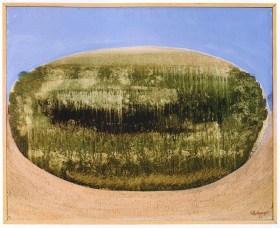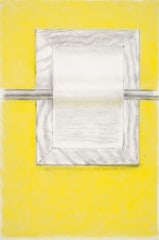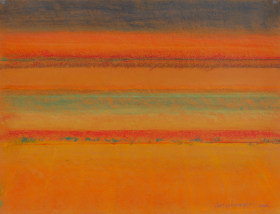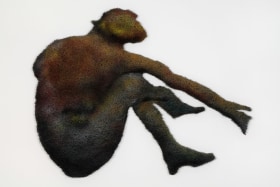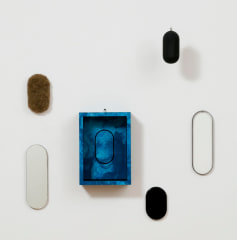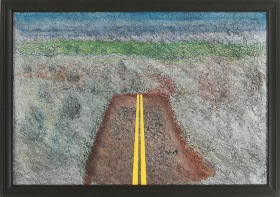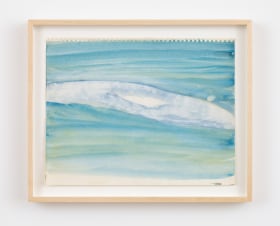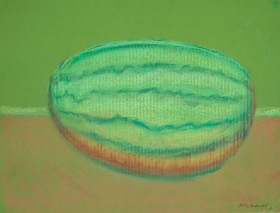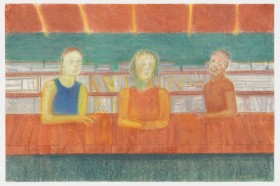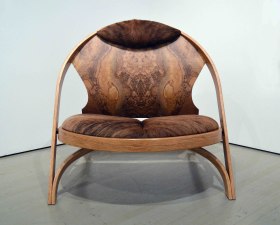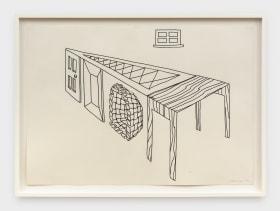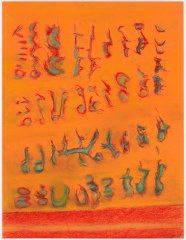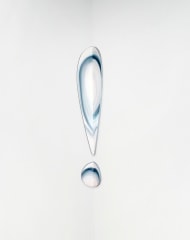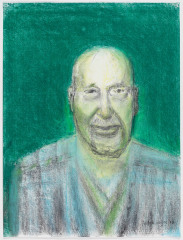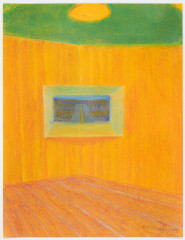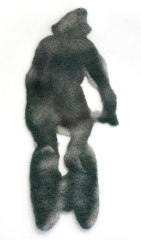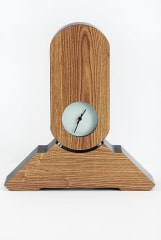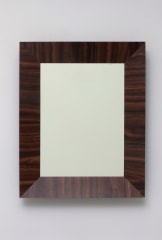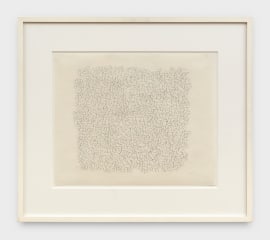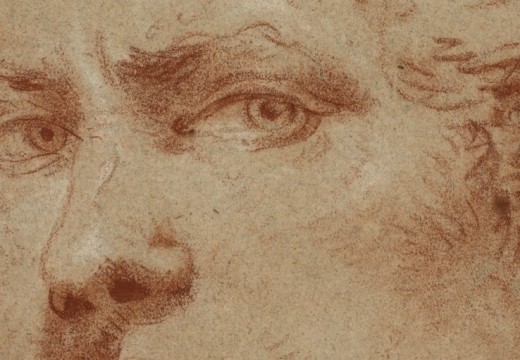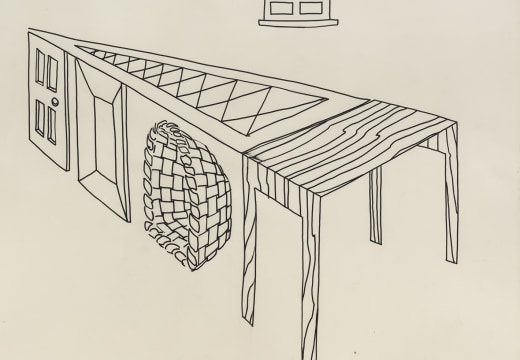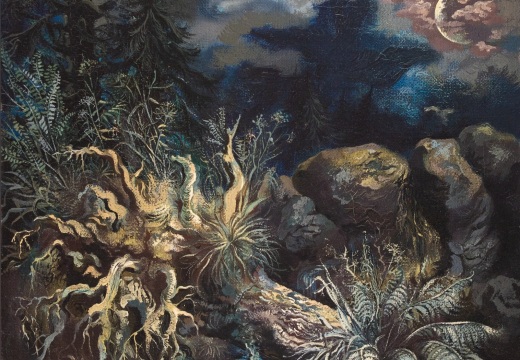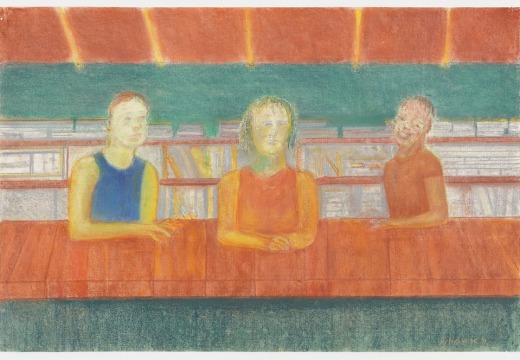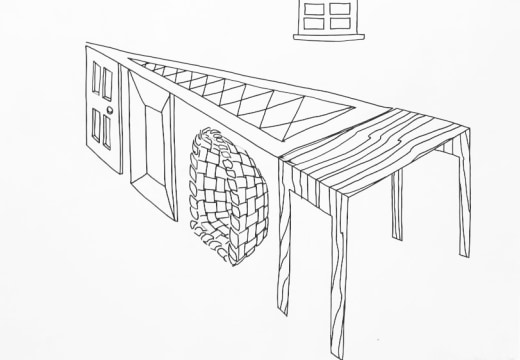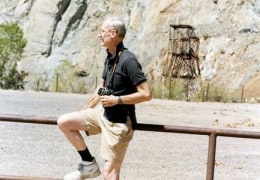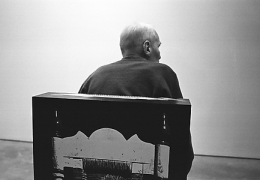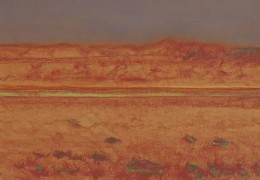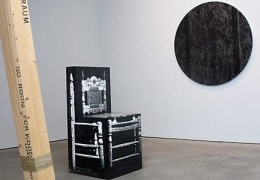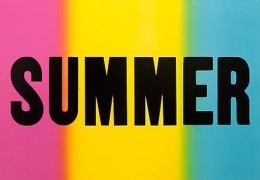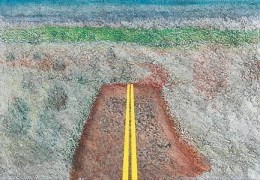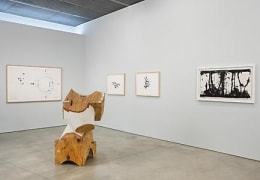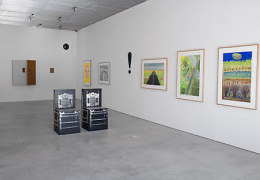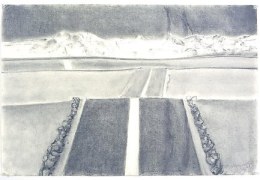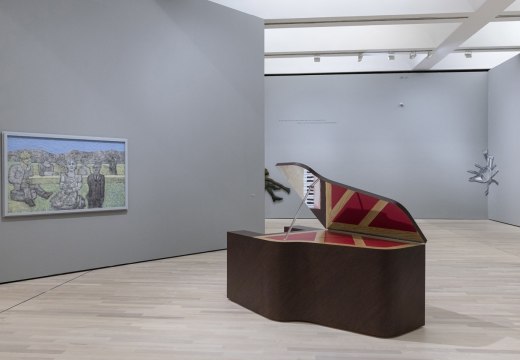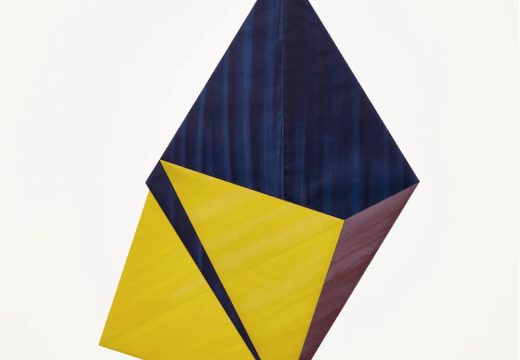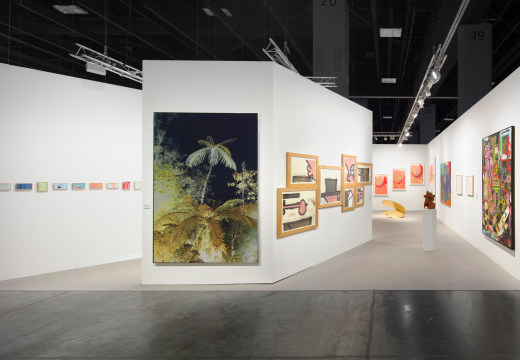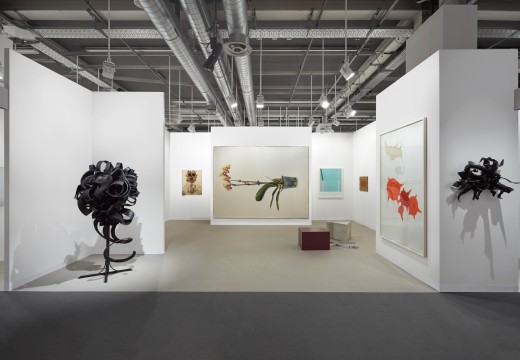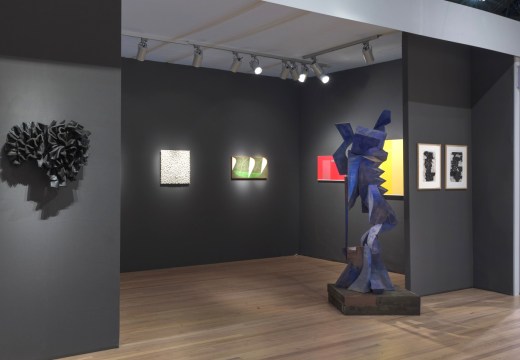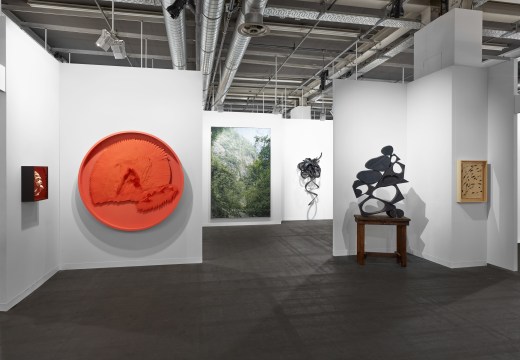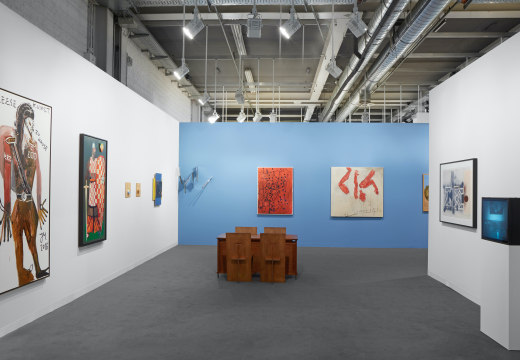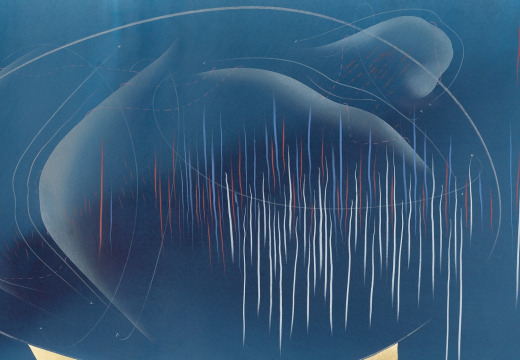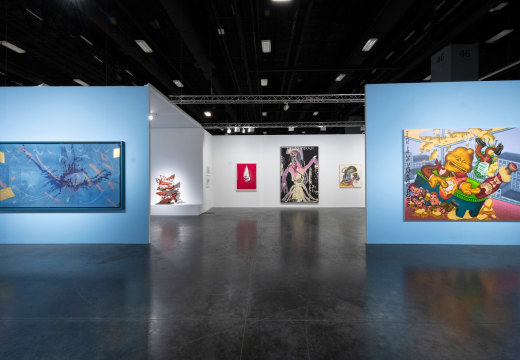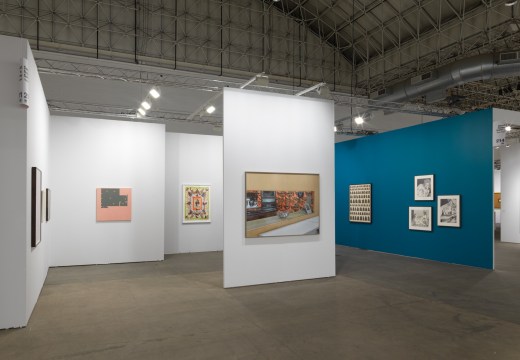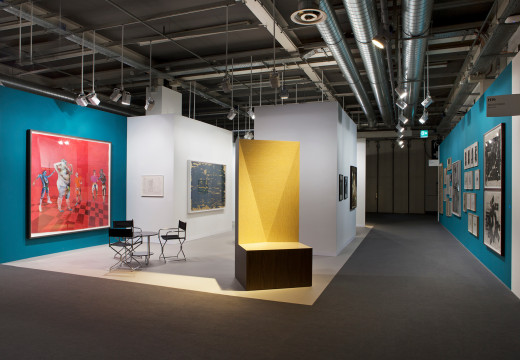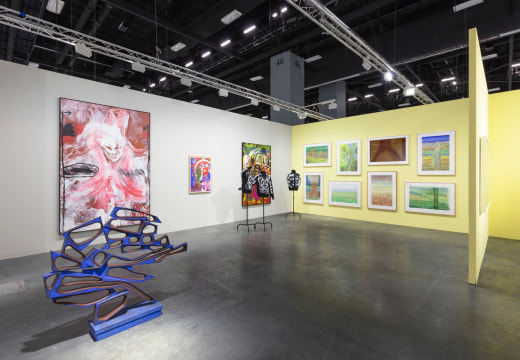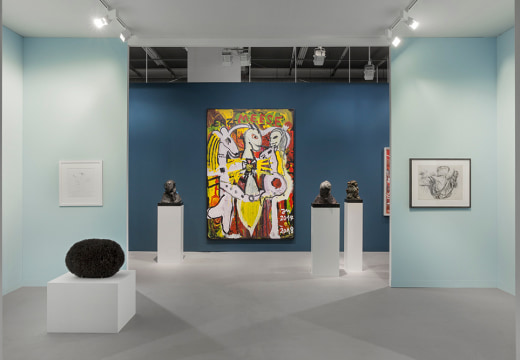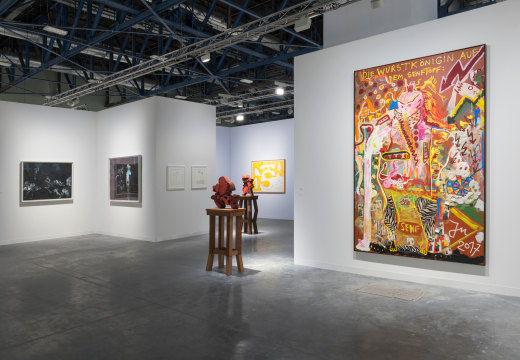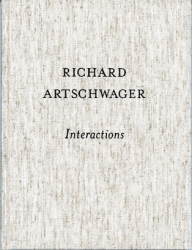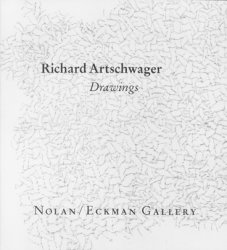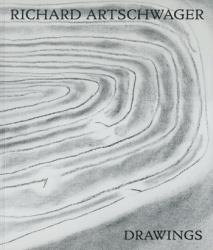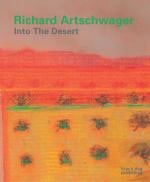
Richard Artschwager forged a unique path in art from the early 1950s through the early twenty-first century, making the visual comprehension of space and the everyday objects that occupy it strangely unfamiliar. After receiving a BA in 1948 from Cornell University, New York, he studied under Amédée Ozenfant, one of the pioneers of abstraction. In the early 1950s Artschwager became involved in cabinetmaking, producing simple pieces of furniture. After a ruinous workshop fire at the end of the decade, he began making sculpture using leftover industrial materials, then expanded into painting, drawing, site-specific installation, and photo-based work. His work has been variously described as Pop art, because of its derivation from utilitarian objects and incorporation of commercial and industrial materials; as Minimal art, because of its geometric forms and solid presence; and as conceptual art, because of its cool and cerebral detachment. But none of these classifications adequately define the aims of an artist who specialized in categorical confusion and worked to reveal the levels of deception involved in pictorial illusionism. In his work, an anonymous sheet of walnut-pattern Formica is both itself and a depiction of a wooden plane; a table or chair is furniture, sculpture, and image all at once; and a painting or sculpture can be a “multi-picture” or “three-dimensional still life.” Artschwager foregrounded the structures of perception, striving to conflate the world of images—which can be apprehended but not physically grasped—and the world of objects, the same space that we ourselves occupy. His last body of work marked a departure from his previous series, in that the images he composed from sources in popular culture communicated overt, if deadpan, allusions to contemporary political issues.
Richard Artschwager (b. 1923, Washington DC; d. 2013, Albany, NY) has been the subject of numerous solo exhibitions, first at the Art Directions Gallery, New York, NY, and then with Leo Castelli in 1965. Other solo exhibitions include Neues Museum, Nuremberg, Germany; Museum für angewandte Kunst (MAK), Vienna, Austria; Kunsmuseum Winterthur, Switzerland; Museum of Contemporary Art, Miami, FL; Deutsche Guggenheim Berlin, Germany; Contemporary Art Museum, Saint Louis, MO; Whitney Museum of American Art, New York, NY; and Frances Lehman Loeb Art Center, Vassar College, Poughkeepsie, New York; among others.





















